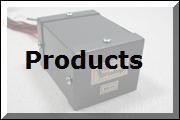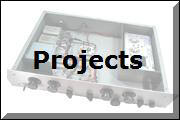|
Music is my first love, woodworking and building
things has always been a very close second. I always gigged a lot in my
earlier years but gigging didn't pay all the bills and I wanted to make
the rest of my living in the music industry. I hooked up with Charles
Fox, now the current owner/instructor at
The American School of Lutherie,
and studied the art of guitar building. I learned my repair chops
working several years at Top Shelf Music in Buffalo and in the 80's and
90's I owned a very busy guitar shop also located in Buffalo. I was a
warrantee center for Gibson, Martin and several other manufacturers. I closed up shop in the late 90's
to pursue other music related endeavors but I've kept up my repair chops
by taking in work from local professionals which I continue to do when I
have time.
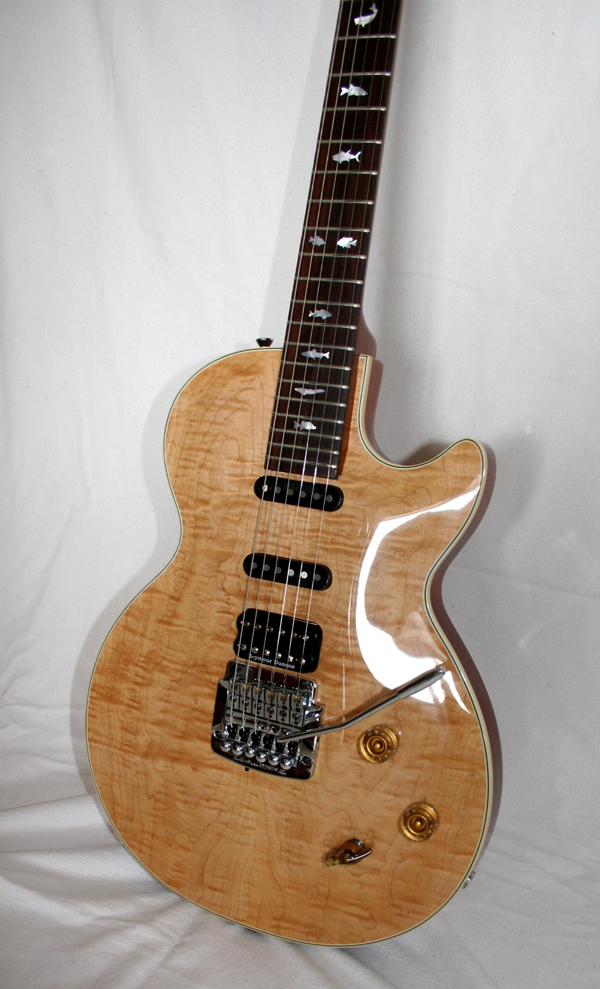
This instrument is my most recent build. It took quite a long time to
complete as I only had limited time intervals to work on it. As with
most projects if you keep at them step by step sooner or later they will
be completed. My philosophy is always to try to bring something new to
any project. Hopefully +new+ is an improvement and in this case things
worked out quite well. One feature that you won't find elsewhere is that
I used the flat top Kahler Vibrato Tailpiece on a carved maple top
instead of the Gibson style archtop mount. The reason I did this is
because the coupling of the strings to the guitar body is far superior
when the bridge is solidly mounted to the guitar top. One of the reasons
that a Les Paul sounds muddy and dark is because of the stud mount
tailpieces and the losses that they impart to the sound transfer from
string to body. You may ask yourself, if it sounds so good, why don't
other manufacturers use a solid mount tailpiece on carved top guitars?
The reason is simple, the neck angle to the body tolerance has to be
within several hundreds of an inch because you can't simply raise the
whole bridge for string height adjustment. In woodworking tight
tolerances and assembly lines aren't always compatible.
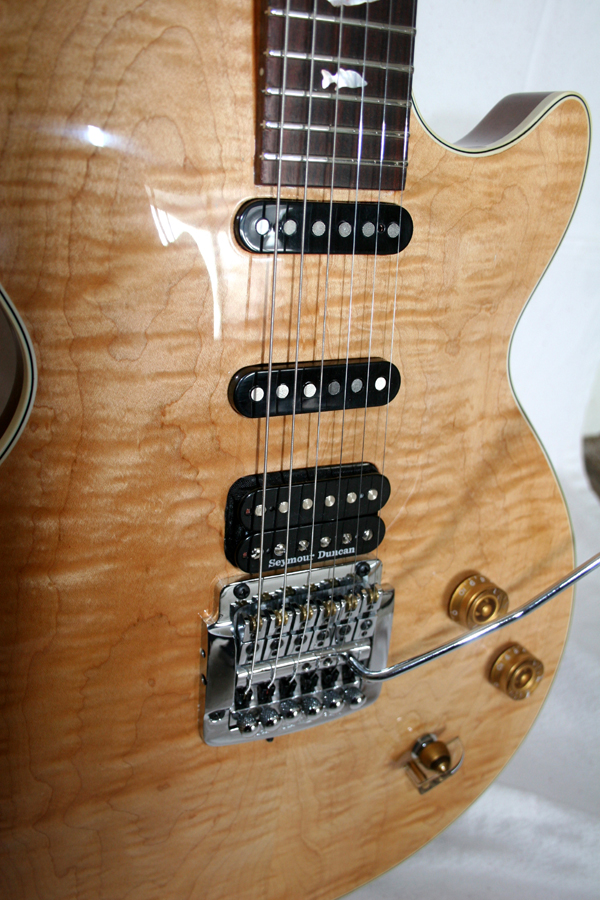
Another feature that you may notice is that the
front of this guitar is clean and free from the cheap looking mounting
hardware and pickguards that most manufacturers use to mount their pickups and hide
their excessive routing. I modified the Seymore Duncan JB model pickup
so it could be mounted without a mounting ring and removed the corners
of the pickup's bottom plate. I custom engineered the two strat type
pickups and fabricated a way to raise and lower the pickups using two
stainless steel (non magnetic) screws that are actually in the center of
the windings, accessible by two small holes in the covers. This allows
for the pickups to be mounted in cutouts that are only a few hundreds of
an inch larger than standard strat pickup covers. There are no other
holes needed in the guitar's back for pickup height adjustments. It
looks clean because it is. The pickups were wound using alnico 5 magnets
and were wound like vintage 60's strat pickups with a bit more output to
match the JB a little better. The pickup routing cavities are only deep
enough to mount the pickups.
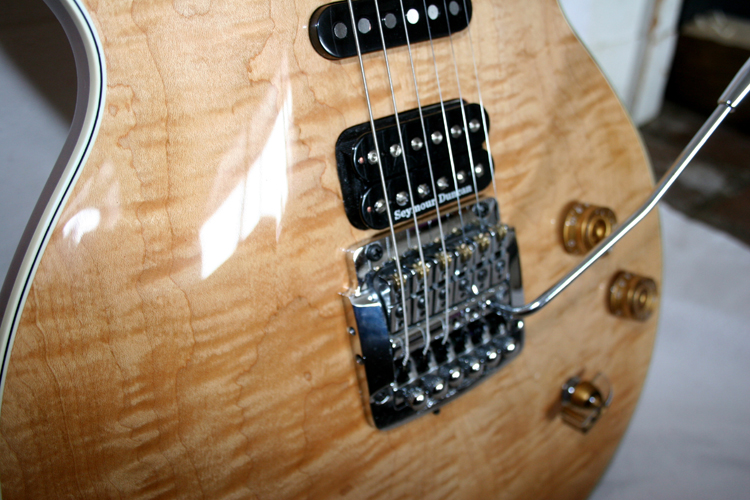
The two strat type pickups were wound with reverse winding and reverse
magnet poles so they operate in a true dual single coil humbucking
fashion when switched together. They were also wound so that the bridge
and middle pickups are in phase when switched together.
Here are a few other features:
One piece Honduras Mahogany body - from my private stash of
superior tone woods from the 70's !! The real deal.
Two piece North American Flamed Maple Top - air dried for over forty
years _before_ I bought this wood in the 70's!
One piece Honduras Mahogany neck
Real Brazilian Rosewood fingerboard and headstock
overlay with Custom Mother-of-Pearl fish inlays
(also from my wood stash).
Binding on the Top
Nitrocellulose Lacquer finish
Five way rotary pickup selector switch
Locking Grover tuners
Graphite nut (no string lock needed)
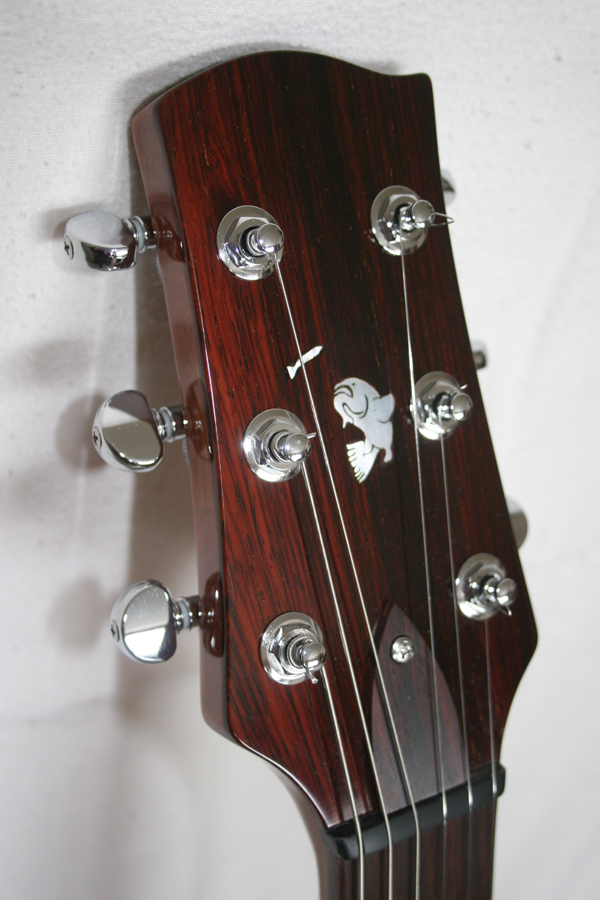
A Graphite nut is used along with locking tuners
in order to allow the omission of the locking nut assembly. In my guitar
repair days I installed hundreds of various vibrato bridges. Many
included a locking nut assembly. The problem with those is that they
shorten the effective string length. By effective string length I do not
mean the distance from the bridge saddle to the nut, it's the length of string
that effects the response and feel of the string. The effective string
length includes the string length between the saddle and fine tuners,
and, the string length between the nut and the head tuners along with
the playing string length. The extra string length on each side of the
playing portion of the string has a great affect on the way the string
feels as a position is fingered or a bend is made. When a locking nut is
used and a string bend is executed the string feels much stiffer than
when the string has some extra length behind the nut. With the locking
nut the bend has to fight the bridge tension more and in doing so pulls
the other strings out of tune which is often audible. This effect is
less noticeable when the locking nut is omitted. Good geometry, tuners
and a well crafted Graphite nut can usually eliminate the need for the
locking nut. Some locking nuts require permanent alterations to the neck
of the guitar in a critical structural position, completely
unacceptable.
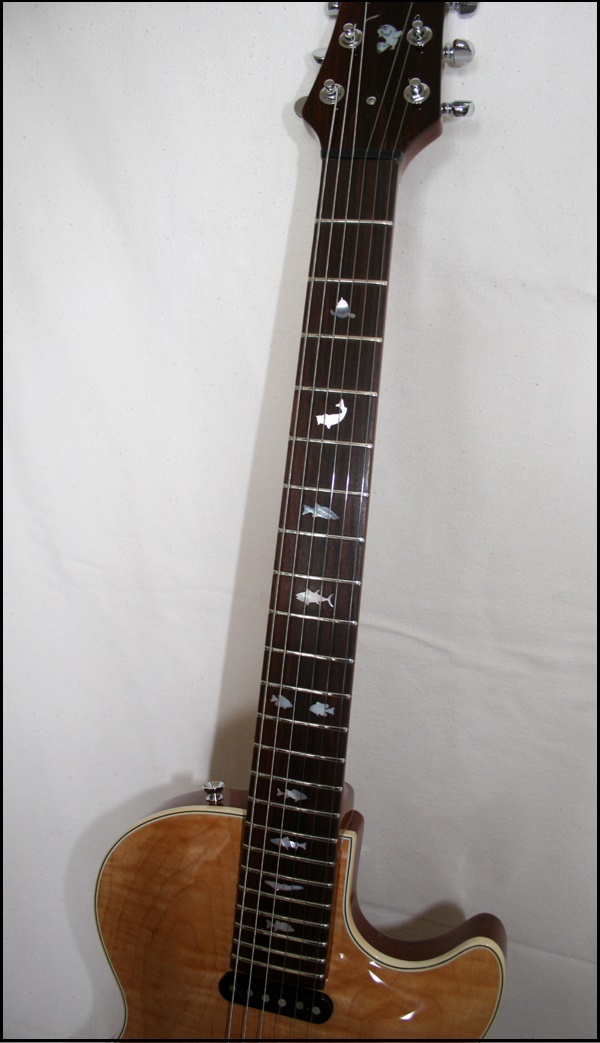
The fish inlays are a personal touch that I included for this guitar's
owner, my Brother
Paul Preston Jr.. Guitarist in
The CPR Band.
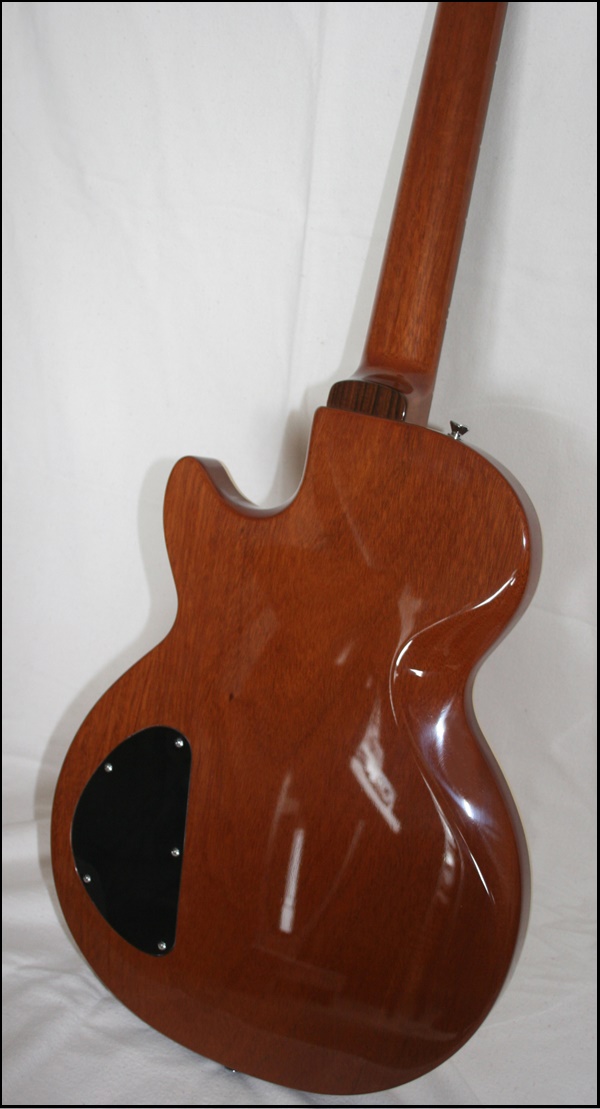
Contoured one piece Honduras Mahogany body delivers incredible sound and
comfort to hold. The control cavity is as small as practical and the
pickup cavities were routed removing as little material as possible. As
a matter of fact, the pickup cavities barely penetrate into the
Mahogany. The shape and size of this guitar is between a Gibson Les Paul
and a L-5S. It isn't quite as thick as a Les Paul but it's thicker than
a L-5S. The body shape is larger than a LP, but retains the feminine
quality that the LP has over the L-5S. With the minimal routing it
weighs slightly less than a Les Paul but since so little resonating body
wood has been removed and the bridge is solidly mounted to the top, this
guitar sounds out much better than any Les Paul I ever had in my hands
and I have had thousands go through my shop....
Blasphemy!!! Seriously, it has all of the articulation of a strat, even
a tele, with the balls of the glued neck Les Paul. Even the Drummer
raves about the guitar sound. Nuff said.
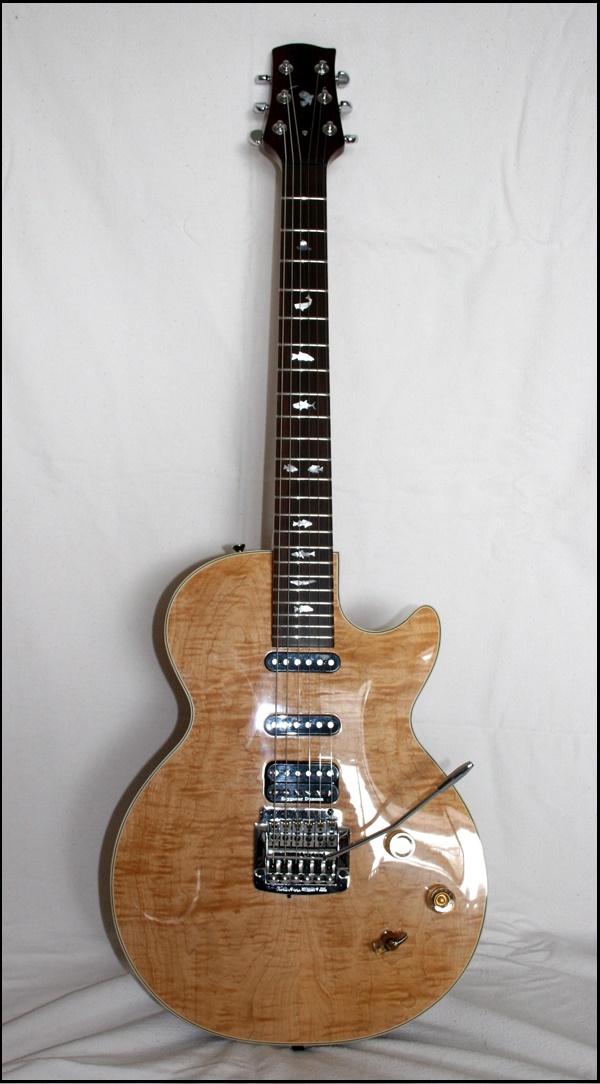
Looks pretty sweet too !!
Thanks for looking
ps. When time permits I still work on professional quality
guitars in the Western NY area. Please
e-mail for details
|


